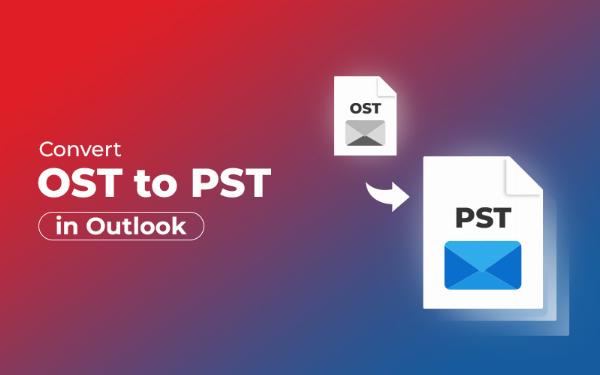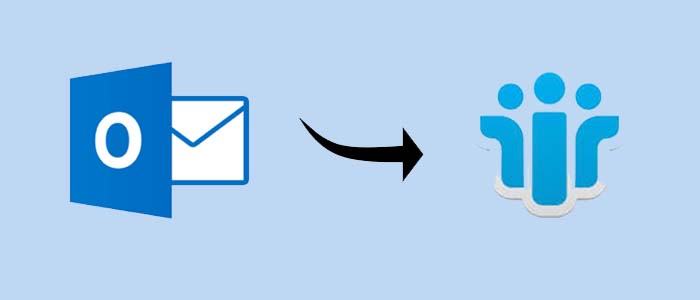Agile vs Waterfall in Software Development Explained

Strong 8k brings an ultra-HD IPTV experience to your living room and your pocket.
Startups and businesses these days can't afford to have slow, wasteful, or misaligned development processes. In a competitive market, delivering faster, responding faster, and acting on real user feedback is not optional; it's mandatory. That's where Agile software development jumps in.
Agile is a successful methodology that enables companies to drive maximum returns on their software investments by delivering actual value at each step. You can use Agile to develop an app, customer portal, or internal system. Agile improves productivity, eliminates waste, and generates ROI faster.
What Is Agile Software Development?
Agile is an iterative, adaptive software development methodology. Rather than creating everything at once and shipping after months (or years) of development, Agile is about creating in small, functional pieces, delivering value to users early and often.
The fundamental principles of Agile are:
- Working software in place of extensive documentation
- Customer collaboration in place of contract negotiation
- Responding to change rather than following a plan
- Shipping software frequently and in iterations
Agile teams operate in brief cycles known as sprints (typically 1 to 3 weeks), in which a small working piece of software is created, built, tested, and released. By doing so, feedback is quick, errors are less costly, and improvements are ongoing.
Let's see now how that translates to your ROI directly.
Faster Time to Market = Faster Returns
The longer you delay in launching your product, the longer you delay in making money from it. Conventional "waterfall" development frameworks tend to cause delays, scope creep, and prolonged waiting times before you begin to see returns.
By dividing development into short sprints, Agile allows you to:
- Launch an MVP in no time
- Get early features in front of users
- Get started with generating revenue and feedback earlier
Rather than waiting months to test your idea, you can go live in weeks. That equates to quicker returns, improved market timing, and lower capital tied up in development.
High-Priority Features
Agile development is about business value. At the beginning of each sprint, teams determine what to do based on what brings the greatest impact, not merely what's next in a predetermined plan.
This benefits you:
- Prioritising what matters most to users
- Avoid wasting time and money on unnecessary features
- Align your product with business goals at every stage
When your budget and time are spent on the most valuable components first, your return on every pound spent is higher.
Continuous Feedback and Improvement
Perhaps the single best feature of Agile is its inherent feedback loop. The team presents working software at the end of each sprint, takes feedback from the users or the stakeholders, and then gets better in the subsequent iteration. This is repeated again and again during the project.
This translates to:
- Less expensive reworks later on
- More alignment with user requirements
- Constant improvement with minimal interruption
Fast and easy, Agile keeps your product on track. No more "We worked on this for 6 months, and nobody uses it." You catch and correct errors early, before they cost too much.
Early Problem Detection
Agile's short development cycles involve repeated testing and code reviews. This means bugs, UX problems, or communication breakdowns are spotted and corrected early, before they become larger (and costlier) issues.
Think of it as preventive medicine for your product. Rather than treating an illness when it is late and costly, you get it early and back on course. This keeps development costs under control and ensures your product functions, enabling long-term profitability.
Improved Collaboration and Transparency
Agile is not an engineer's methodology; it's a philosophy for the team consisting of project managers, stakeholders, designers, QA testers, and customers.
With frequent standups, sprint reviews, and planning sessions, everyone knows what's going on.
This delivers:
- Fewer gaps in communication
- Faster decision-making
- More trust among business and tech teams
Improved collaboration equals less delay, fewer surprises, and more alignment, and all that translates to improved ROI.
Scalability Without Chaos
As your product expands, so do your issues. Scaling a messy codebase or rigid system can hold you back and drain your resources.
Clean modular code and constant refactoring are encouraged by agile development. That is:
- You can add new features without having to stop work
- Tech debt is paid off rather than accumulating
- Your product can scale without having to be completely rebuilt
If your software is designed to scale, scaling is a strategic benefit, not a technical problem.
Customer-Centric Development
Agile isn't about completing sprints faster; it's about user-centricity. Features are shaped by real user feedback and evolving needs.
Such a customer-centric strategy yields better results:
- Real problem-solving products
- Greater customer satisfaction
- Better engagement and retention
Smarter users equate to improved reviews, increased conversion rates, and word-of-mouth growth – all of which lead to long-term ROI.
Long-Term ROI Through Maintainability
Agile not only assists in development, but it also lays the foundation for long-term success. Its focus on clean code, integration, and technical debt repayment makes your software easier to maintain, grow, and evolve in the long term.
Rather than having to be rebuilt wholesale in a year or two, systems developed using Agile can scale with your company, costing you less in the long run.
Competitive Advantage
We know markets change quickly. New entrants appear on the market on a daily basis. With Agile, you can:
- Respond to trends in an instant
- Release updates regularly
- Build a competitive advantage through quicker releases
Rather than being saddled with a strict roadmap, you're constantly optimising. That kind of flexibility is a marketing advantage, putting you in front of the curve, not behind it.
For Example
Suppose you are a startup launching a revolutionary e-learning platform.
With waterfall development, you dedicate 8 to 10 months to developing each feature – course creation, quizzes, analytics, notifications – and learn later that users only required mobile-compatible video content and basic progress tracking.
With Agile, you begin with the central feature (video delivery), ship an MVP in 2 to 3 sprints, receive user feedback, and refine on real behaviour. You don't waste months, and you get to monetize sooner.
That is the ROI difference.
The Bottom Line
From quicker launches and improved user experience to managed cost and reduced risk, Agile development is designed to deliver maximum impact at minimum waste. It keeps your money in features that users use and systems that propel growth.
At Berks Technologies, we help businesses in crafting flexible, performance-oriented software using Agile methodologies centered on ROI, not delivery.
Because today it's not about creating more – it's about creating smart.
Note: IndiBlogHub features both user-submitted and editorial content. We do not verify third-party contributions. Read our Disclaimer and Privacy Policyfor details.







